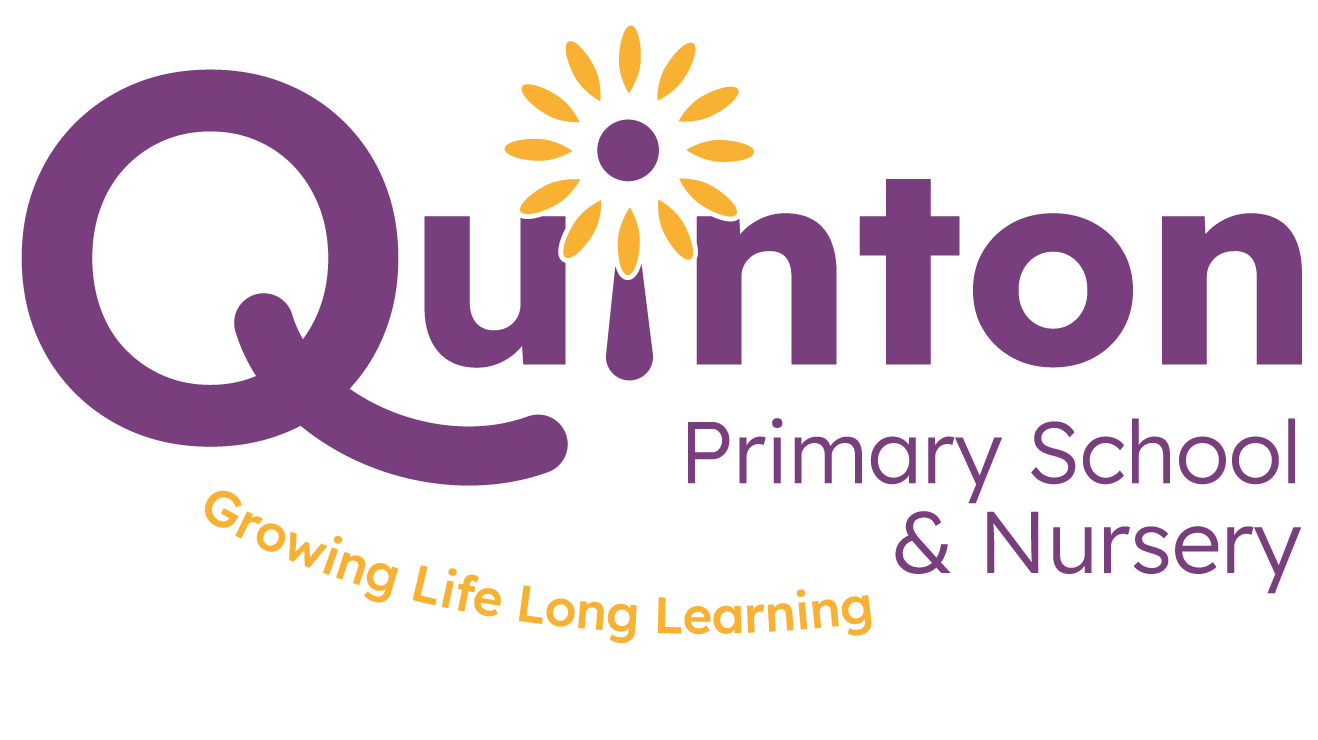What Is Phase 3 Phonics?
In Phase 3 Phonics, your child builds on everything they learned in Phase 2. This is an exciting stage where they’re introduced to:
At this point, children start reading and spelling words using more complex sound combinations, and their reading fluency really begins to take off!
Your child will learn a new set of sounds introduced through fun stories and memorable actions. These are grouped into sets to support learning step-by-step:
Using the Twinkl Phonics Programme, the sounds are introduced in this order:
Helpful tip: Use the Phase 3 sound mats and action cards (see attached) to reinforce learning at home.
Your child will continue practicing the two key reading and spelling skills:
Some words can’t be sounded out – we call these tricky words. In Phase 3, your child will begin to learn words like:
These words are introduced gradually and practiced regularly.
By this stage, your child will begin to read books that are matched to their phonics level. These books are designed to help them:
How You Can Support Your Child at Home
We love working closely with families to support children’s learning. Here are some simple, fun ways to help support your child at home:
Alongside phonics, we continue to work on correct letter formation. In Phase 3, your child will learn how to write:
j, v, w, x, y, z
We use fun mnemonics (little rhymes or phrases) to help your child remember how to form each letter properly. For example:
See our Letter Formation Mat for reference and home practice!
Check out our “Phase 3 Phonics – A Guide for Parents” for extra tips, activity ideas, and explanations of key terms. We’re always here if you have questions!
